The history of the creation of the washing machine very interesting. The first washing machines were born over 100 years ago. They were extremely imperfect and provided the hostesses with a minimum of convenience. Nevertheless, the beginning of at least some mechanization of washing was laid. At the beginning of the last century, the first electric washing machine appeared in the world, which greatly facilitated human work. Over time, new types of washing machines appeared that still work today.
The most common washing machines in the world are activator and drum. Activator machines have the simplest design and the most minimal functionality. In them, washing is carried out using a rotating impeller. As for drum machines, washing is carried out in a rotating drum.
Washing machines are divided into automatic and semi-automatic. The former can work completely independently - the user only needs to select a program. He knows how to collect and heat water, fill in washing powders and even dose them, spin at one speed or another, independently determine the amount of water needed for one cycle. That is, it is enough to throw dirty laundry into the tank, and the device will do the rest of the work.
Semi-automatic washing machines have minimal functionality. All they have is a timer that counts down the number of minutes until the end of the wash cycle. Some advanced semi-automatic drum machines can be connected to the water supply and even wring out, but such machines are very rare, and the washing process requires regular, albeit minimal, human intervention.
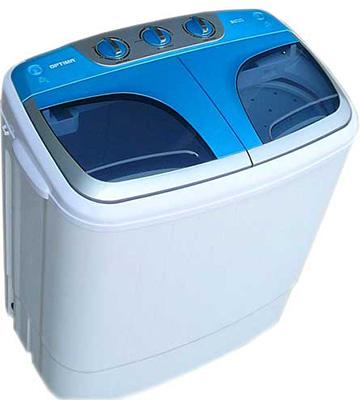
Most semi-automatic washing machines provide a combination of a simple activator machine and a centrifuge in one housing. The washing process in such machines comes down to the fact that the laundry is placed in the activator part, washed, rinsed in a basin or in a bath, and then sent to a centrifuge - a lot of manual work.
Another division of washing machines is by type of load. They come with vertical and front loading, and automatic machines are mostly loaded frontally, and activator ones are loaded vertically.
Now let's try to consider the most popular types of washing machines used in everyday life.
Washing machines
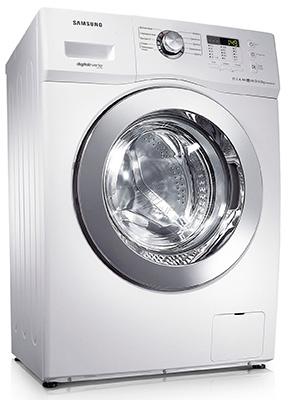
Automatic drum washing machines are extremely widespread. They have long supplanted semi-automatic models, offering their owners invaluable convenience - this is a fully automatic wash cycle, which includes the following steps:
- pre-soak;
- Main wash;
- Intermediate rinse;
- Conditioning;
- Final rinse;
- Drying (on some models).
In order to wash clothes in such a machine, you need to load it into a drum, pour washing powder into a special tray and pour liquid conditioner into it, close the hatch and press the start button - the machine will do the rest. In conclusion, it remains only to hang out the laundry for final drying. The capacity of the drums in the machines varies from 3 to 12 kg.
Automatic washing machines are equipped with one and a half to two dozen programs and can cope with washing any fabric, up to delicate ones. There are also additional functions - cleaning the drum, adjusting the washing temperature, adjusting the spin speed, removing stains, washing wool, delayed start, foam control, imbalance control, washing children's clothes, washing shoes and much more.
Automatic washing machines are connected to cold water, to the sewerage and to the electrical network.They are endowed with both vertical and horizontal loading, and some models have special tanks on board for loading a large amount of detergent - for several washes at once. But drying in washing machines is very rare. In addition, she is incredibly gluttonous.
Automatic machines are good because they have increased efficiency - individual models are able to determine the amount of water needed for one wash. As for the disadvantages, they can include increased structural complexity (compared to activator models).
Activator washing machines
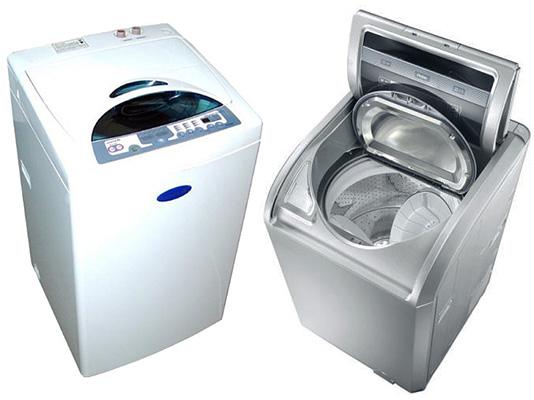
Considering the types of washing machines, one cannot pass by activator models. They have minimal functionality, characterized by extreme simplicity.In their design, they resemble a "barrel with a motor", which in fact they are.
Inside such machines there is a steel or plastic tank with an activator - a rotating plane with bulges-blades. Rotating, the activator spins the water in one direction or another, driving it quite well, along with the washing powder, through the fabrics of the linen. It should be immediately clarified that there can be no talk of any delicate washing here - delicate fabrics are best washed by hand.
As already mentioned, some activator machines endowed with centrifuges for squeezing linen (this is how the washing machine Siberia, known to many inhabitants, is arranged). The washing process in them is semi-automatic and the only good thing is that users do not have to squeeze out the clothes manually, twisting their arms to the point of pain.
The main advantage of activator machines is the utmost simplicity. (and what can happen to a simple timer and a simple electric motor?). Among the shortcomings, we highlight the low efficiency and some laboriousness of the washing process.
Washing machines type Malyutka
Baby is the common name for miniature washing machines. One of the first cars really had and still has such a name.But popular rumor christened all miniature models with this name. Washing machines of the Malyutka type are of the activator type and can hold up to 1.5 kg of laundry.
In fact, these are devices for single people who do not need a lot of washing. Also, Babies can be considered as country or backup options. There is no additional functionality here. - laundry only. But they easily fit in a closet and are easy to transport.
ultrasonic washing machines
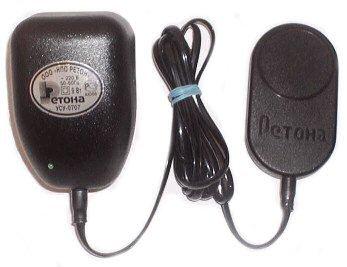
Ultrasonic type washing machines are devoid of any moving parts. They erase due to the generated ultrasound, which knocks out the smallest particles of contaminants from the tissues. Many users question the effectiveness of such machines, and they are not far from the truth - individual models made by little-known manufacturers cannot show acceptable results.
However, there are models that do their job well. Ultrasonic washing machines are carried out in small plastic cases resembling a mobile phone. During washing, they are immersed in a basin with water and linen, after which they are connected to a 220-volt network. By the way, users do not get rid of pre-soaking and squeezing - and this is a huge drawback of these pocket-bag machines.
Bubble washing machines
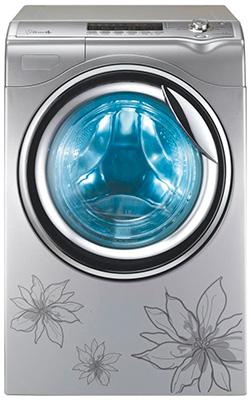
What types of automatic washing machines are produced by modern industry? In addition to classic slot machines, there are bubble type washing machines. They generate a huge amount of air bubbles, which contributes to better dissolution of the washing powder and its penetration into the fibers of the fabric.
Advantages of bubble washing:
- Minimal effect on tissues;
- Possibility of washing delicate fabrics;
- Possibility of washing in cold water;
- Excellent removal of difficult stains.
Air bubble washing technology is used in many machines. But on the basis of this technology, independent models of the activator type are also presented.They do not know how to wring out linen, but they do an excellent job with delicate fabrics, bringing them to amazing purity.
Bubble machines are equipped with a special honeycomb drum and an air bubble generator. It's cutting edge technology, and in the future it will be used in more and more automatic machines. The disadvantage is only the high cost of such equipment.
